As Seen by STEREO-A: The Carrington-Class CME of 2012
STEREO-A, at a position along Earth's orbit where it has an unobstructed view of the far side of the Sun, could clearly observe possibly the most powerful coronal mass ejection (CME) of solar cyle 24 on July 23, 2012. The visualizations on this page cover the entire day.
We see the flare erupt in the lower right quadrant of the solar disk from a large active region. The material is launched into space in a direction towards STEREO-A. This creates the ring-like 'halo' CME visible in the STEREO-A coronagraph, COR-2 (blue circular image).
As the CME expands beyond the field of view of the COR-2 imager, the high energy particles reach STEREO-A, creating the snow-like noise in the image. The particles also strike the HI-2 imager (blue square) brightening the image.
The HI-1 imager has had 'bloom removal' enabled and filled with contents of the immediately previous HI-1 image, which creates a linear artifact above and below bright stars and planets.
A bright flare erupts from an active region in this image from STEREO-A 304 angstrom ultraviolet filter.
The resulting coronal mass ejection (CME) erupts in a 'halo' form, suggesting the CME could be heading away from, or toward, the STEREO-A spacecraft. This image is a combination of the EUVI 304 angstrom images and the STEREO-A COR2 coronagraph.
In this composite of EUVI 304 angstrom, COR2 and the Heliospheric Imager-1 (HI-1), we see particle hits of solar protons and other heavy ions striking the CCD and also appearing in the HI-1 imager.
In this composite of EUVI 304 angstrom, COR-2 and the Heliospheric Imager-1 (HI-1), we see the CME expanding in COR-2. The planet Mercury is labeled. The other bright objected in HI-1, below the line between Mercury and the sun, is the star Antares in the constellation Scorpius.
A bright flare erupts in an active region in this image from STEREO-A 195 angstrom ultraviolet filter.
A bright flare erupts from an active region in this image from STEREO-A 304 angstrom ultraviolet filter. Long version.
The resulting coronal mass ejection (CME) erupts in a 'halo' form, suggesting the CME could be heading away from, or toward, the STEREO-A spacecraft. This image is a combination of the EUVI 304 angstrom images and the STEREO-A COR2 coronagraph. Long version.
In this composite of EUVI 304 angstrom, COR2 and the Heliospheric Imager-1 (HI-1), we see particle hits of solar protons and other heavy ions striking the CCD and also appearing in the HI-1 imager. Long version.
In this composite of EUVI 304 angstrom, COR-2 and the Heliospheric Imager-1 (HI-1), we see the CME expanding in COR-2. The planet Mercury is labeled. The other bright objected in HI-1, below the line between Mercury and the sun, is the star Antares in the constellation Scorpius. Long version.
For More Information
See Science@NASA
Credits
Please give credit for this item to:
NASA's Scientific Visualization Studio
-
Animator
- Tom Bridgman (Global Science and Technology, Inc.)
-
Producer
- Scott Wiessinger (USRA)
-
Scientist
- Joe Gurman (NASA/GSFC)
-
Project support
- Laurence Schuler (ADNET Systems, Inc.)
- Ian Jones (ADNET Systems, Inc.)
Series
This page can be found in the following series:Datasets used
-
[STEREO-A: Extreme UltraViolet Imager (EUVI)]
ID: 185This dataset can be found at: https://stereo.gsfc.nasa.gov
See all pages that use this dataset -
[STEREO-A: Coronograph 2 (COR2)]
ID: 187This dataset can be found at: https://stereo.gsfc.nasa.gov
See all pages that use this dataset -
[STEREO-A: Heliospheric Imager 1 (HI-1)]
ID: 188This dataset can be found at: https://stereo.gsfc.nasa.gov
See all pages that use this dataset -
195 Angstroms [STEREO: Extreme UltraViolet Imager (EUVI)]
ID: 622This dataset can be found at: https://stereo.gsfc.nasa.gov
See all pages that use this dataset -
304 Angstroms [STEREO: Extreme UltraViolet Imager (EUVI)]
ID: 624This dataset can be found at: https://stereo.gsfc.nasa.gov
See all pages that use this dataset
Note: While we identify the data sets used on this page, we do not store any further details, nor the data sets themselves on our site.
Release date
This page was originally published on Wednesday, July 23, 2014.
This page was last updated on Monday, January 6, 2025 at 12:06 AM EST.
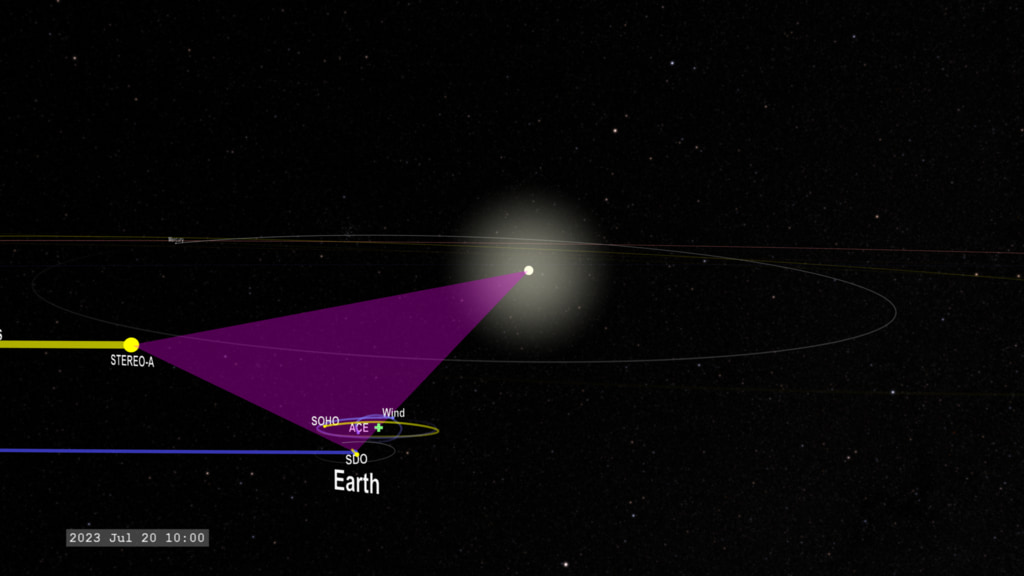
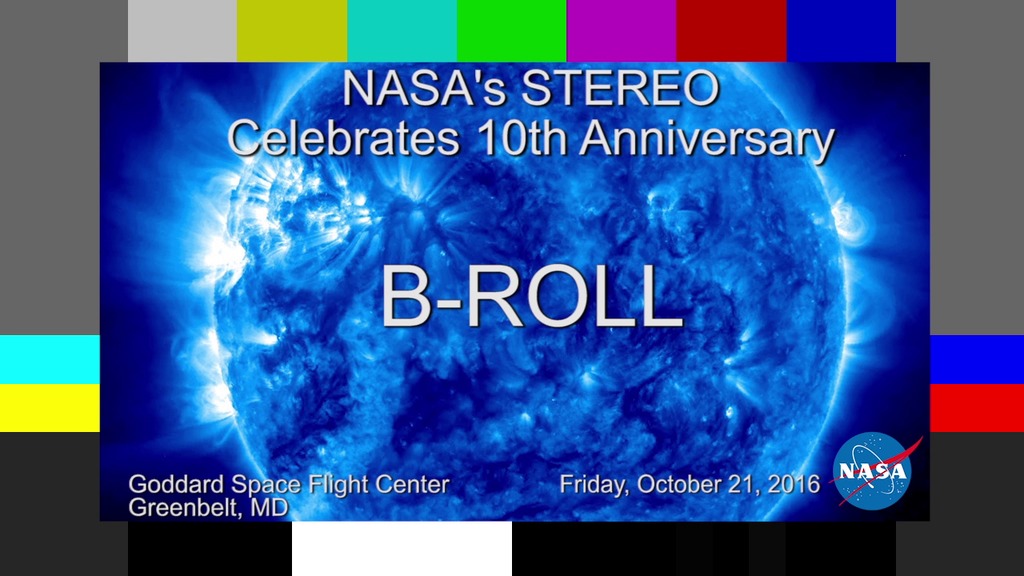
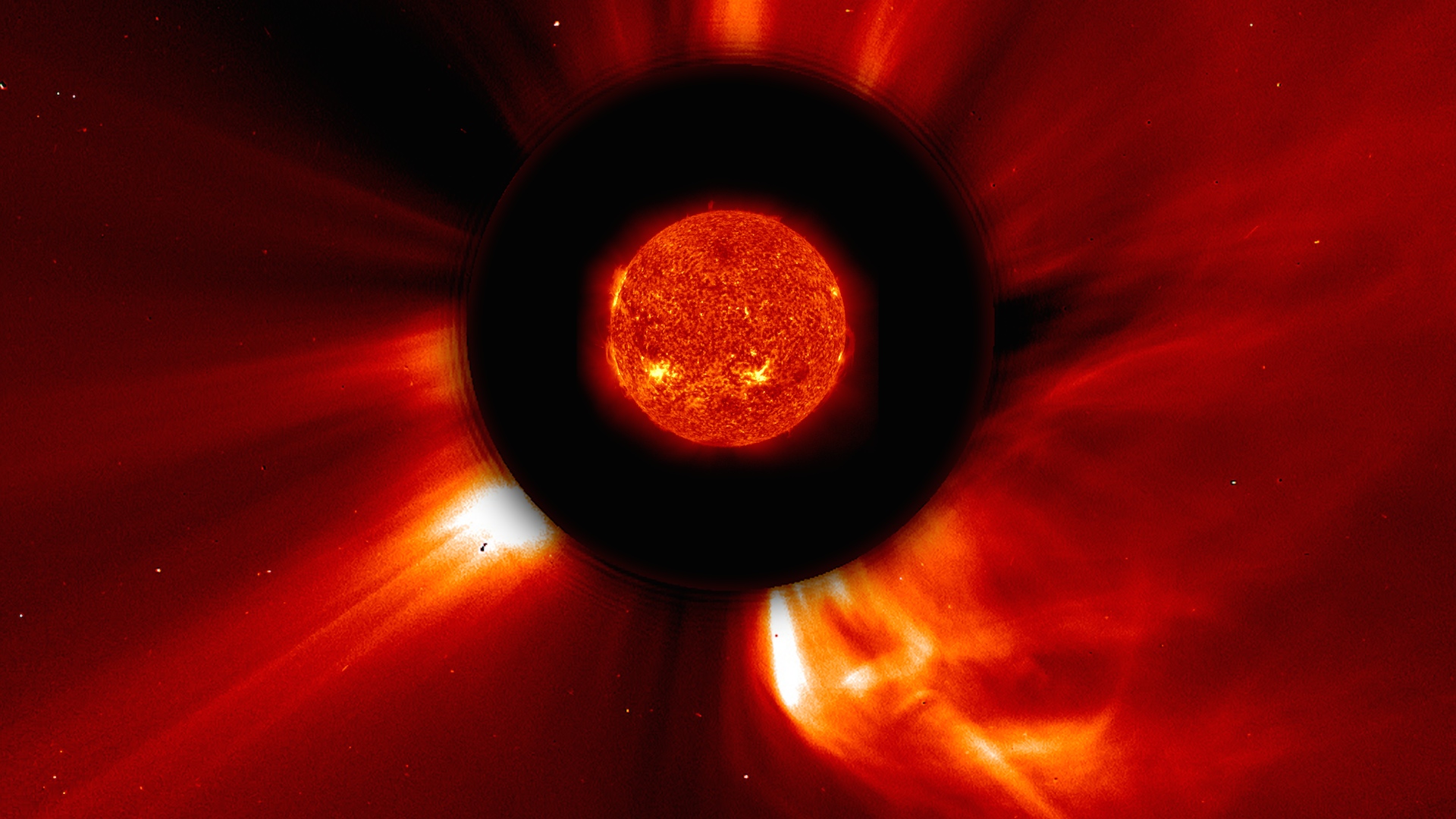
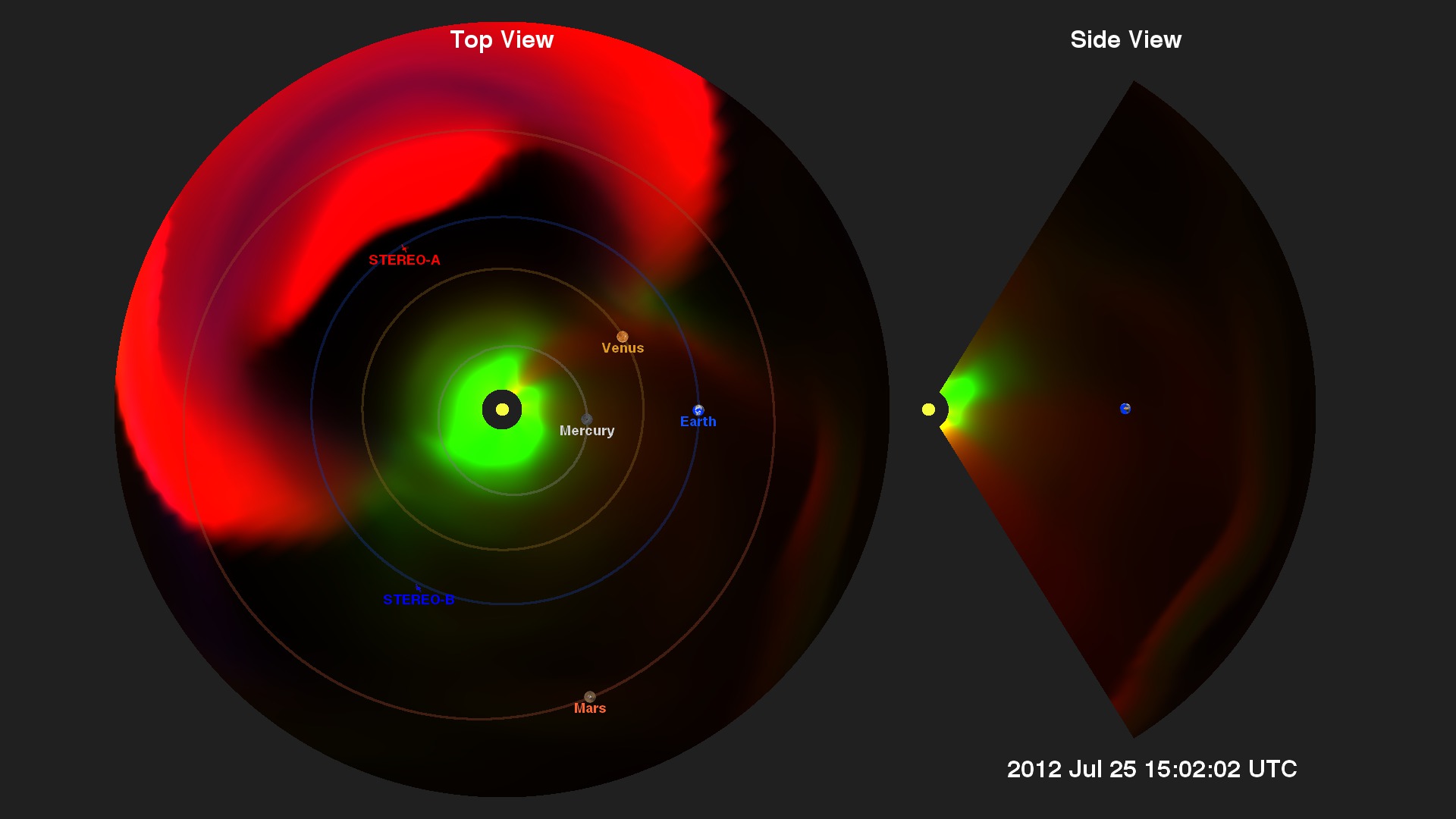
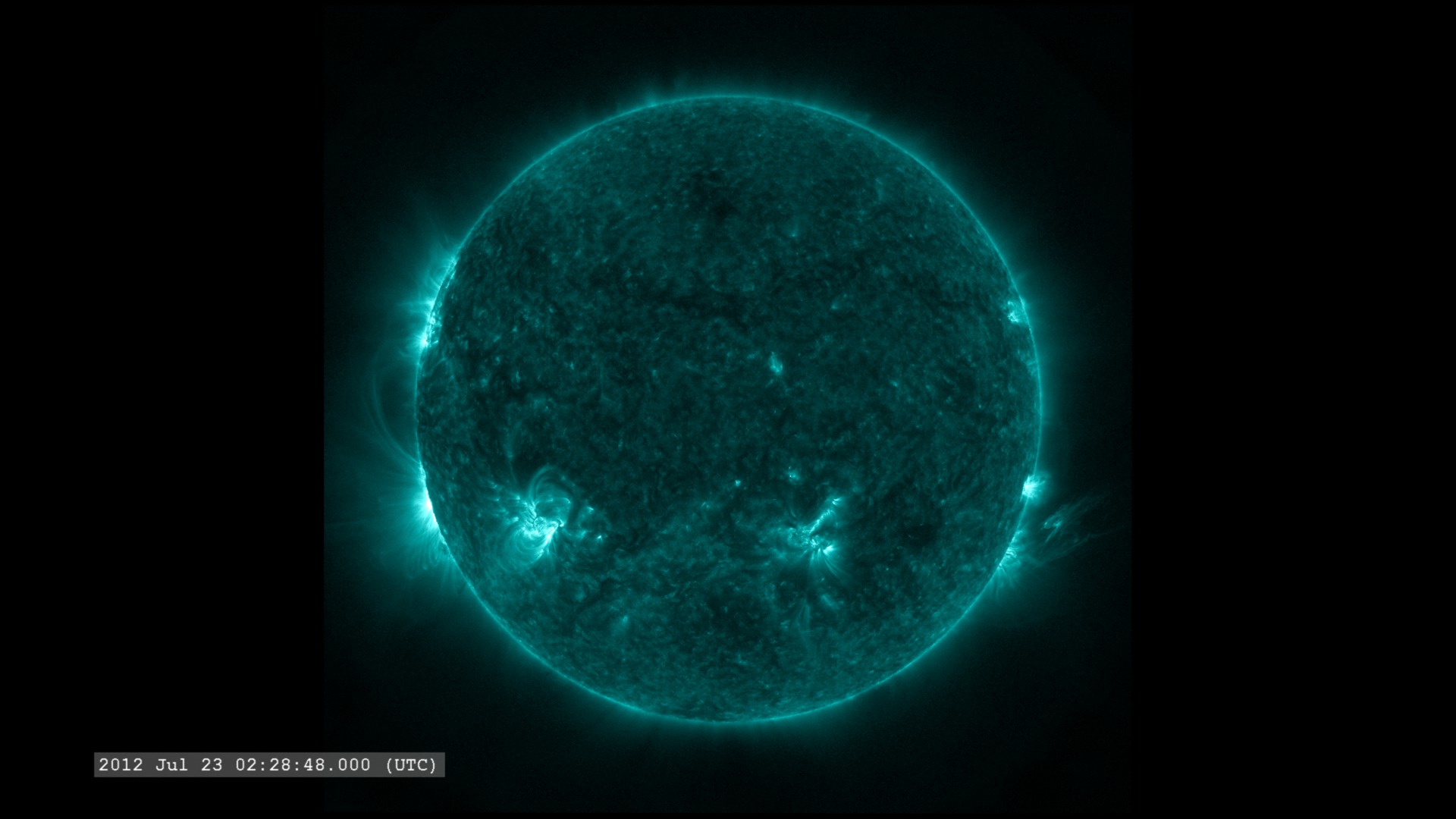
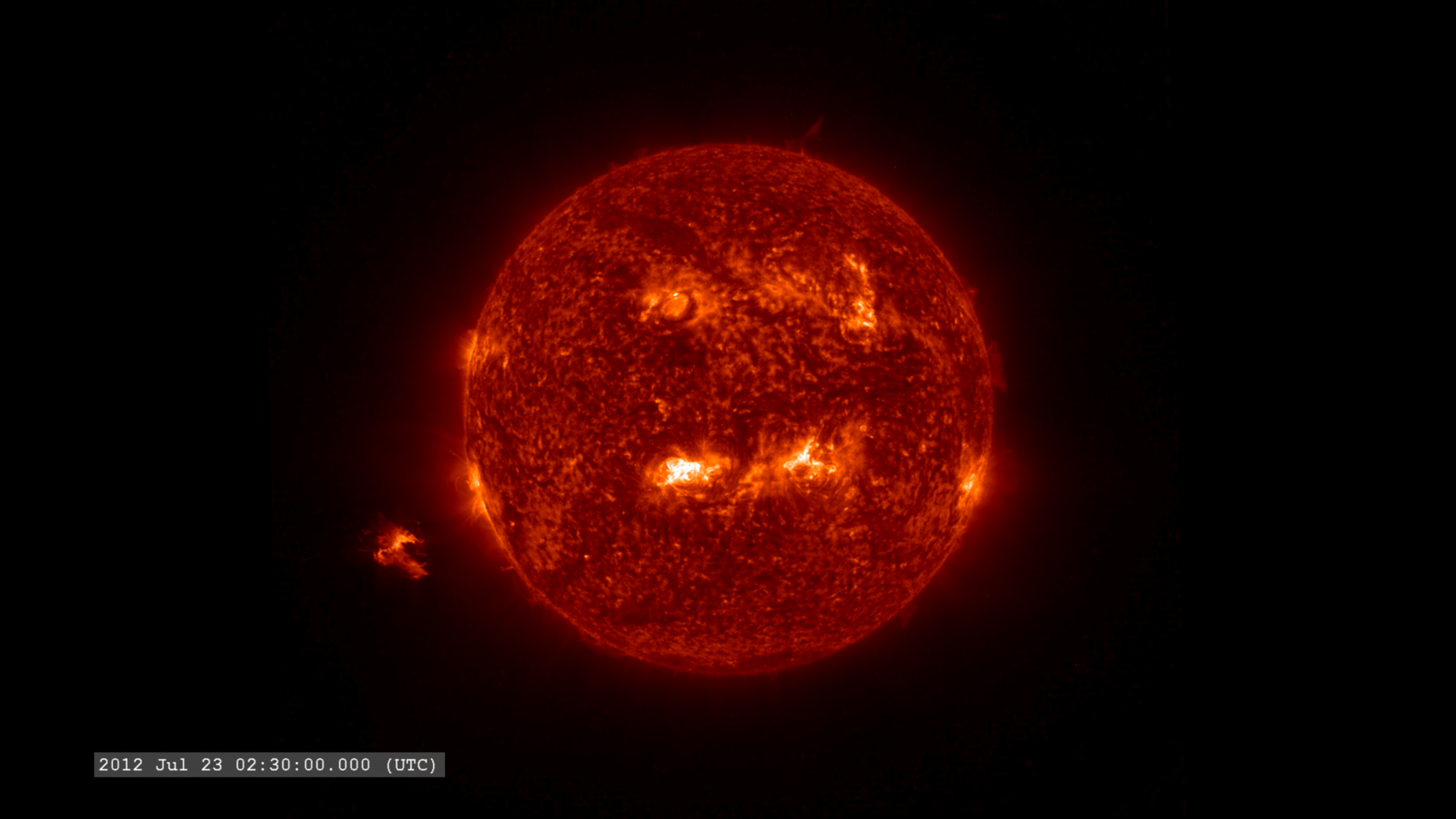
![Music credit: "Gear Wheels" by Fabrice Ravel Chapuis [SACEM] from Killer Tracks Complete transcript available.Watch this video on the NASA Goddard YouTube channel.](/vis/a010000/a013200/a013291/BITSE_ReadyForFlight_YouTube.00283_print.jpg)
![Watch this video on the NASA Goddard YouTube channel.Complete transcript available.Music credits: “Boreal Moment” by Benoit Scarwell [SACEM]; “Sensory Questioning”, “Natural Time Cycles”, “Emerging Designer”, and “Experimental Design” by Laurent Dury [SACEM]; “Superluminal” by Lee Groves [PRS], Peter George Marett [PRS] from Killer Tracks](/vis/a010000/a013200/a013275/13275_AstronautRadiation_Twitter.01205_print.jpg)